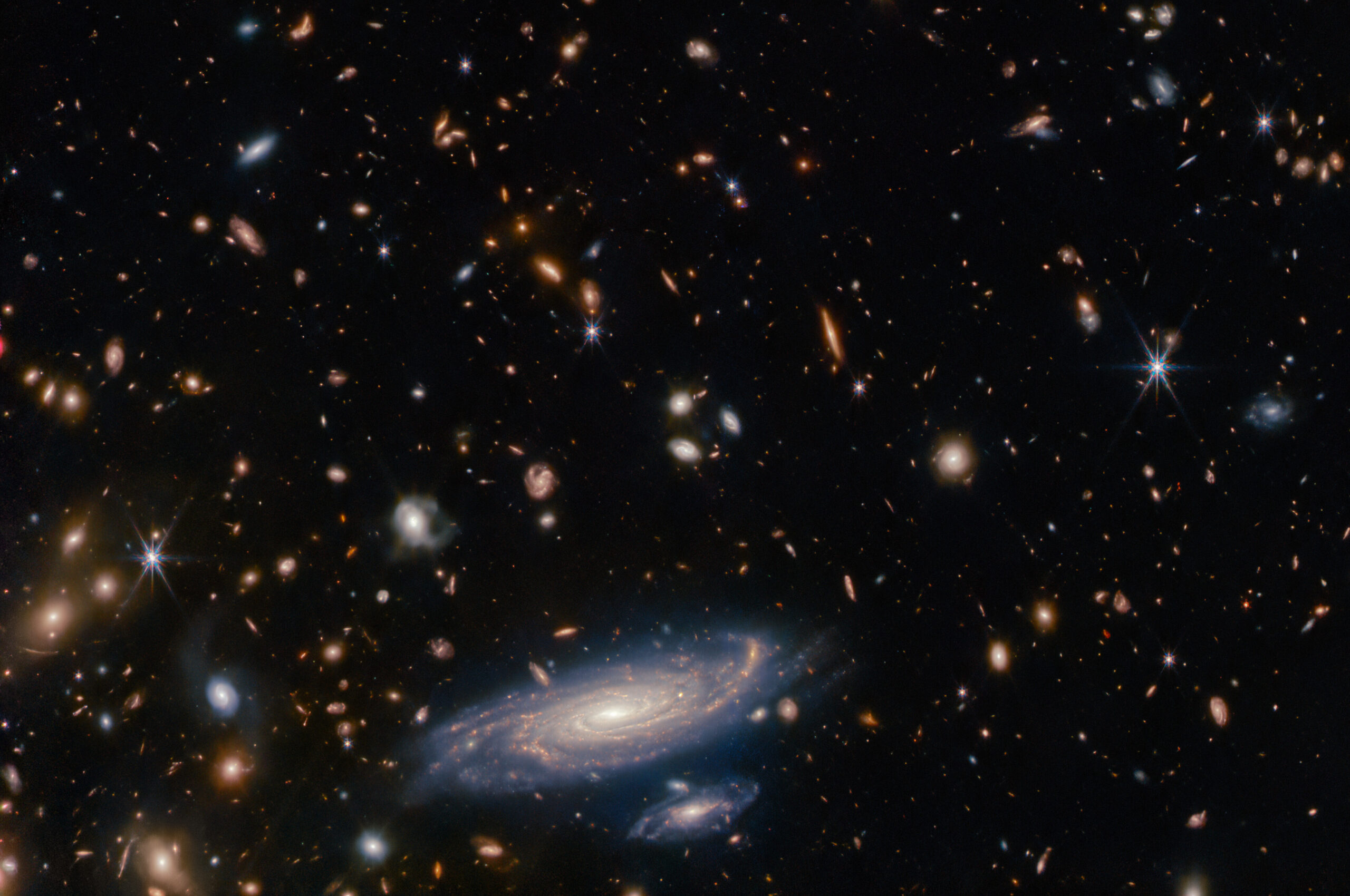Listed are all scientific papers resulting from an ISSI activity written or co-authored by ISSI Team members, Working Group members, Workshop participants, visitors or staff members.
In 2024 May, the scientific community observed intense solar eruptions that resulted in a great geomagnetic storm and auroral extensions, highlighting the need to document and quantify these events. This study mainly focuses on their quantification. The source active region (AR; NOAA Active Region 13664) evolved from 113 to 2761 millionths of the solar hemisphere between May 4 and 14. NOAA AR 13664’s magnetic free energy surpassed 1033 erg on May 7, triggering 12 X-class flares on May 8–15.
We compare two candidate nonlinearities for regulating the solar cycle within the Babcock–Leighton paradigm: tilt quenching (whereby the tilt of active regions is reduced in stronger cycles) and latitude quenching (whereby flux emerges at higher latitudes in stronger solar cycles). Digitized historical observations are used to build a database of individual magnetic plage regions from 1923 to 1985.
We observed the new long-period comet C/2024 E1 (Wierzchos), inbound at 7 au from the Sun, using the Near-Infrared Spectrograph (NIRSpec) integral field unit on JWST. The spectrum shows absorption features due to water ice in the coma and evidence for CO$_2$ driven activity, with a production rate of $Q(mathrm{ CO}_2) = 2.546 pm 0.019 times 10^{25}$ molecules s$^{-1}$, and no emission features of water or CO.
Nonthermal particle acceleration in the solar corona is evident from both remote hard X-ray sources in the chromosphere and direct in situ detection in the heliosphere. Correlation of spectral indices between remote and in situ energy spectra presents the possibility of a common source-acceleration region within the corona, however the properties and location of this region are not well constrained.
Using Mars Atmosphere and Volatile EvolutioN Magnetometer observations, we report the first statistical study of ultralow frequency (ULF) waves at the Martian foreshock. The analyzed foreshock ULF wave events are observed in the 0.008–0.086 Hz frequency range, with nearly circular and elliptical left-handed polarization in the spacecraft reference frame. These waves are propagated quasi-parallel to the ambient magnetic field, with a moderate wave amplitude.
Turbulence, a fascinating and intricate phenomenon, has captivated scientists over different domains, mainly for its complex cross-scale nature spanning a wide range of temporal and spatial scales. Despite significant advances in theories and observations in the last decades, some aspects of turbulence still remain unsolved, motivating new efforts to understand its underlying physical mechanisms and refine mathematical theories along with numerical models.
Intercycle variations in the series of 11 yr solar activity cycles have a significant impact on both the space environment and climate. Whether solar cycle variability is dominated by deterministic chaos or stochastic perturbations remains an open question. Distinguishing between the two mechanisms is crucial for predicting solar cycles.
Even when used to describe the same phenomenon, equations, graphics and words each give different perspectives and lead to complementary insights. The basic elements of strong gravitational lensing are introduced here favoring words and graphics over equations whenever possible. Fermat’s principle is the fundamental driver of strong lensing. Three “D’s” encapsulate the essential effects of lensing: Delay, Deflection and Distortion.
Recent observations of the solar atmosphere in cool extreme-ultraviolet lines have reported the prevalence of coronal rain falling from coronal cloud filaments that are associated with the magnetic dips of coronal X-point structures. These filaments mysteriously appear as clouds of mass in the corona that subsequently shrink and disappear due to mass losses that drain as coronal rain along arced field lines.
The linear stability of waves driven by ion beams produced during solar flare energy release are explored to assess their role in driving abundance enhancements in minority species such as 3He and in controlling, through pitch-angle scattering, proton/alpha confinement during energy release. The Arbitrary Linear Plasma Solver is used to solve the linear dispersion relation for a population of energetic, reconnection-accelerated protons streaming through a less energetic background plasma.
